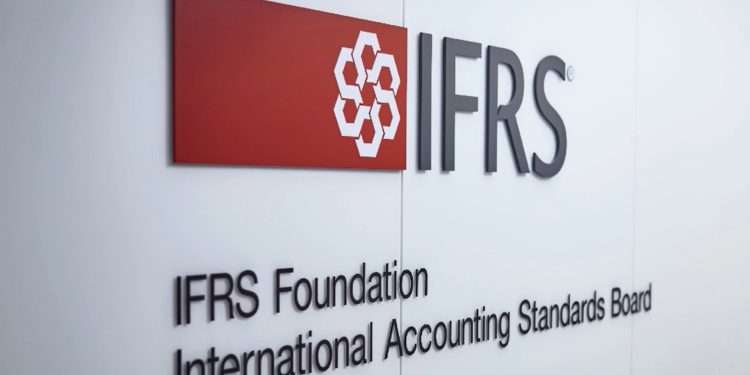Climate Disclosure Education Materials
The International Sustainability Standards Board (ISSB) releases climate disclosure education materials aimed at helping enterprises understand how to apply IFRS S1 when only disclosing climate information based on IFRS S2.
The ISSB has provided transition relief for companies, allowing them to disclose climate related risks and opportunities solely based on IFRS S2 during the first annual reporting period of applying IFRS S1. This exemption narrows the scope of disclosure for companies based on IFRS S1, from sustainable issues to climate issues.
Related Post: ISSB Releases Guidelines for Company Material Information Sustainable Disclosure
Introduction to Climate First Disclosure
The transition relief provided by the ISSB can help companies focus on providing climate related risk and opportunity information and prepare to disclose all sustainable development risks and opportunities that may be expected to affect their financial situation in the future. Enterprises can only declare compliance with IFRS S1 and IFRS S2 when they comply with both regulations simultaneously. Some jurisdictions may also adopt a climate first approach, incorporating climate disclosure into regulatory frameworks and expanding regulatory scope in the future.
The ISSB has also released the Preview of the Inaugural Jurisdictional Guide for the Adoption or other Use of ISSB Standards, providing more information for compliance with ISSB standards. The educational materials explain how companies comply with the requirements of IFRS S1 when disclosing climate information based on IFRS S2. This is because certain requirements of IFRS S1 are not applicable when applying IFRS S2.
How to Apply IFRS S1 and IFRS S2 Simultaneously
The ISSB provides an explanation based on the content of IFRS S1:
- Objective: These contents explain why sustainable risks and opportunities impact information users, provide background for the application of ISSB standards, and explain the general requirements for sustainable financial information.
- Scope: These contents explain the scope of application of ISSB standards, which require the application of IFRS S1 when preparing and reporting sustainability related financial disclosures in accordance with ISSB standards. Therefore, when applying IFRS S2, it is also necessary to apply IFRS S1.
- Conceptual Foundations: These contents explain the relevance and materiality characteristics of information disclosure, as well as the impact of comparability, verifiability, timeliness, and comprehensibility of financial information.
- Core Content: These contents explain the governance, strategy, risk management, and metrics and targets related to sustainable disclosure. Enterprises need to disclose indicators used to measure and monitor climate related risks and opportunities, as well as disclosing their performance in response to these risks and opportunities and providing consistent definitions and calculation requirements.
- General Requirements: These contents explain other standards that companies can refer to when disclosing climate information, as well as industry specific guidance. Enterprises need to comply with the corresponding reporting period and declare whether they comply with ISSB standards.
- Judgments, Uncertainties, and Errors: These contents explain how companies make climate disclosure judgments and how to respond to disclosure uncertainties and errors.
The educational materials also provide some situations where the relevant requirements of IFRS S1 do not need to be applied, such as when identifying sustainable risks and opportunities based on IFRS S1, if a company only discloses climate issues, it does not need to consider other sustainable issues. When determining the applicable disclosure standards based on IFRS S1, if a company discloses climate issues based on IFRS S2, it does not need to consider other specific ISSB standards. There are also some issues that are repeated in IFRS S1 and IFRS S2, and companies do not need to disclose based on IFRS S1 after disclosing based on IFRS S2.
Reference:








